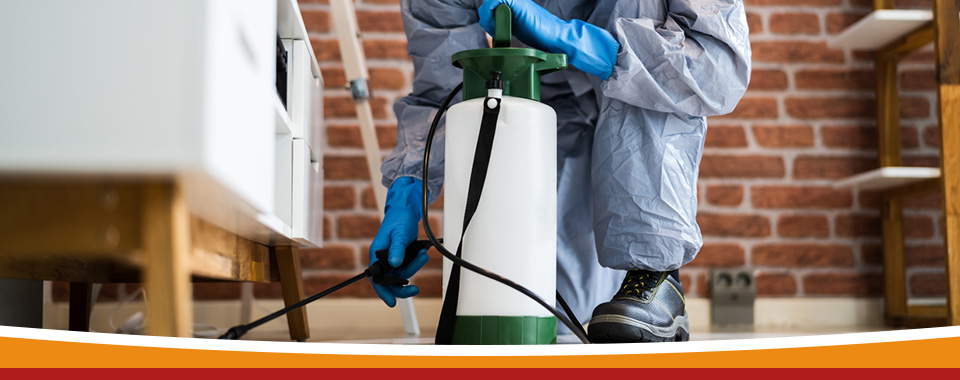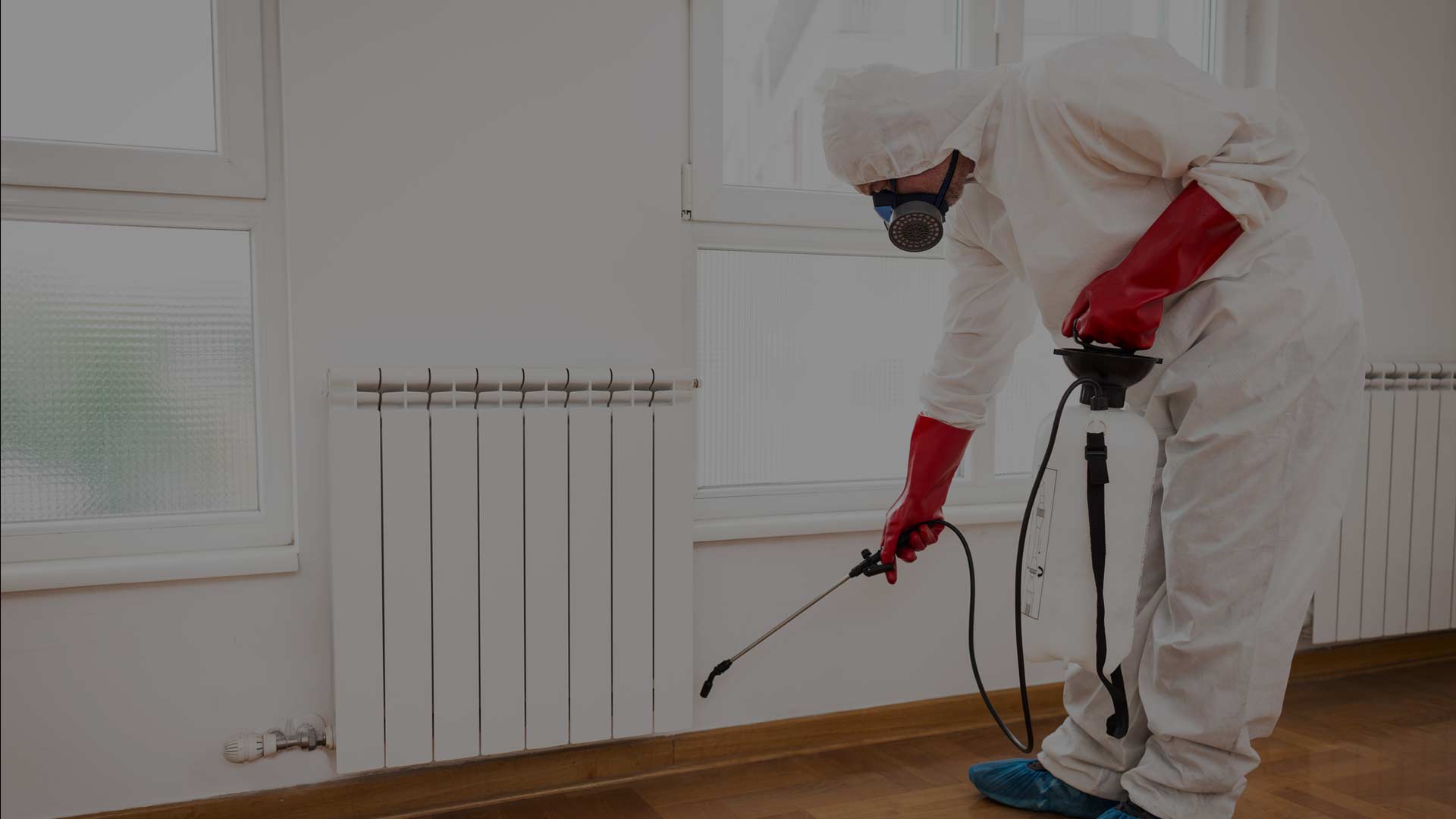Relied on Exterminator Near Me: Your Regional Pest Control Solution!
Relied on Exterminator Near Me: Your Regional Pest Control Solution!
Blog Article
Expert Pest Control Techniques for Long-Term Outcomes
Expert parasite control techniques encapsulate a detailed approach that starts with a comprehensive inspection and assessment, complied with by exact bug recognition to recognize their actions patterns. The implementation of Integrated Pest Management (IPM) principles, coupled with eco-conscious treatments, forms the cornerstone of sustainable pest removal.
Evaluation and Evaluation
Upon entering a property for pest control solutions, the first action is a detailed inspection and assessment to recognize the level of the problem and determine one of the most reliable therapy plan. Professional pest control specialists are trained to meticulously check out the properties, trying to find indications of insect task such as droppings, munch marks, nests, or any type of structural damages. They will also assess the problems that may be attracting parasites, such as food resources, water leaks, or access factors.

Bug Recognition and Habits

Additionally, recognizing the habits of the identified bug is essential to applying efficient control measures. Understanding where pests nest, what they feed on, and their task patterns can help pest control specialists develop approaches to remove them successfully.
Integrated Bug Management (IPM)
Integrated Insect Monitoring (IPM) strategies incorporate numerous methods to regulate and prevent bug problems in a lasting and environmentally pleasant fashion. pest control. By integrating methods such as biological control, environment manipulation, alteration of cultural methods, and using immune varieties, IPM aims to decrease using chemical check this pesticides
One of the key principles of IPM is the focus on avoidance. This proactive method includes surveillance pest populations on a regular basis to find any potential problems before they intensify. By recognizing parasite problems early, pest control actions can be executed quickly and properly.
In addition, IPM advertises the use of non-toxic pest control methods whenever possible. This can include employing natural predators of the bugs, introducing helpful pests, or making use of scents to interrupt breeding patterns. By decreasing reliance on chemical pesticides, IPM not only protects the environment yet additionally aids keep an equilibrium in the environment.
Environmentally-Friendly Therapies
Implementing eco-conscious strategies in parasite control treatments can successfully attend to invasions while prioritizing ecological sustainability. Environmentally-friendly therapies concentrate on decreasing the influence of bug control techniques on communities, non-target organisms, and human wellness. These approaches commonly include making use of natural killers, such as ladybugs or nematodes, to manage pest populations, reducing the demand for chemical interventions. Additionally, strategies like environment manipulation, such as readjusting wetness levels or getting rid of food sources, can help hinder insects without the usage of dangerous compounds.
An additional secret facet of environmentally-friendly treatments is using natural and biodegradable items that break down swiftly without leaving harmful residues in the setting. Herb insecticides stemmed from plants like chrysanthemums or neem use effective insect control while posturing minimal danger to non-target varieties. Utilizing techniques like warm treatments or scent catches can target particular insects with precision, reducing the overall termite treatment environmental impact of parasite control practices.
Ongoing Monitoring and Maintenance
Regular surveillance and maintenance are crucial components of efficient bug control monitoring. Recurring surveillance plays an essential function in guaranteeing that bug invasions are found early and handled original site quickly. Routine evaluations by qualified experts are required to identify any signs of bug task, examine the efficiency of previous treatments, and make adjustments to the pest control strategy as required. By checking bug populations gradually, insect control specialists can track fads, expect prospective issues, and implement safety nets to lessen the danger of future infestations.
Along with monitoring, maintenance methods are vital for long-lasting bug control success. This consists of implementing appropriate cleanliness actions to eliminate prospective food and water resources for parasites, sealing off entry points to avoid bugs from getting in the properties, and addressing any structural issues that might assist in bug problems (pest control). By including recurring surveillance and upkeep right into an incorporated parasite monitoring approach, organizations can make certain a pest-free setting and guard their residential or commercial property against costly damages and wellness threats
Verdict
In verdict, making use of specialist insect control techniques such as comprehensive evaluation and assessment, exact parasite recognition and understanding of their habits, integrated parasite monitoring methods, environmentally-friendly treatments, and ongoing surveillance and upkeep are vital for achieving lasting outcomes in insect control. By implementing these approaches, people can properly manage parasite problems and preserve a pest-free environment in a lasting manner.
Report this page